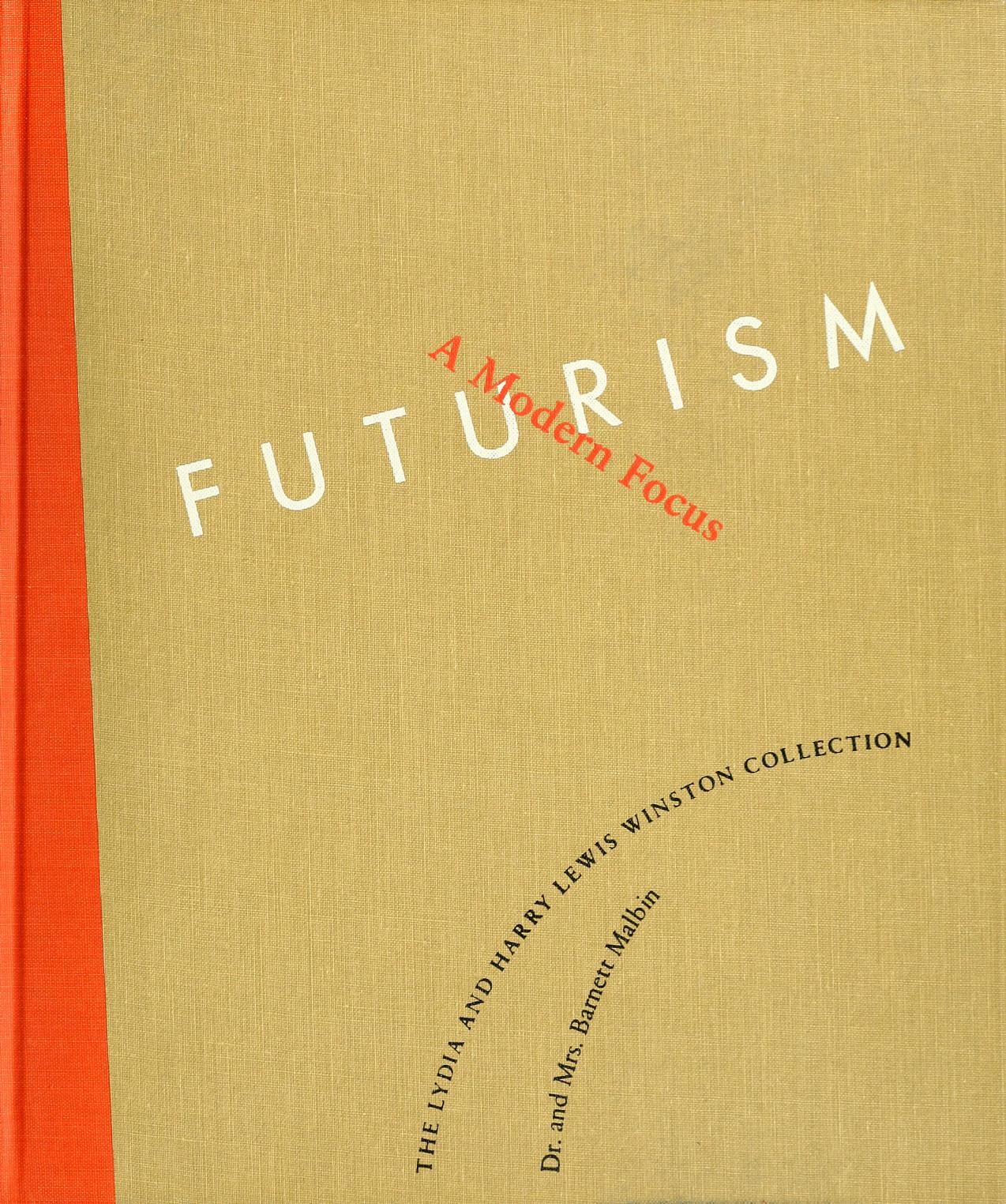LEF, 1-7 (1923-25), & Novyi LEF, 1-24 (1927-29) [Russian, English]
Filed under magazine | Tags: · 1920s, art, art criticism, art theory, avant-garde, constructivism, factography, film, film theory, futurism, left, literature, poetry, productivism, revolution, russia, soviet union

LEF (“ЛЕФ”) was the journal of the Left Front of the Arts (“Левый фронт искусств” – “Levy Front Iskusstv”), a widely ranging association of avant-garde writers, photographers, critics and designers in the Soviet Union. It had two runs, one from 1923 to 1925 as LEF, and later from 1927 to 1929 as Novyi LEF (‘New LEF’). The journal’s objective, as set out in one of its first issues, was to “re-examine the ideology and practices of so-called leftist art, and to abandon individualism to increase art’s value for developing communism.”
Although LEF was catholic in its choices of writers, it broadly reflected the concerns of the Productivist left-wing of Constructivism. The editors were Osip Brik and Vladimir Mayakovsky: fittingly, one a Russian Formalist critic and one a poet and designer who helped compose the 1912 manifesto of Russian Futurists entitled, “A Slap in the Face of Public Taste”. The covers were designed by Alexander Rodchenko, and featured photomontages early on, being followed by photographs in New LEF. Among the writings published in LEF for the first time were Mayakovsky’s long poem About This, and Sergei Eisenstein’s The Montage of Attractions, as well as more political and journalistic works like Isaac Babel’s Red Cavalry. The journal had funding from the state, and was discussed critically, but not unsympathetically by Leon Trotsky in Literature and Revolution (1924).
The later New LEF (“Новый ЛЕФ” – “Novyi Lef”), which was edited by Mayakovsky along with the playwright, screenplay writer and photographer Sergei Tretyakov, tried to popularise the idea of ‘Factography’: the idea that new technologies such as photography and film should be utilised by the working class for the production of ‘factographic’ works. In this it had a great deal of influence on theorists in the West, especially Walter Benjamin and Bertolt Brecht. Linked journals also appeared such as the Constructivist architectural journal SA (edited by Moisei Ginzburg and Alexander Vesnin) and Proletarskoe Foto, on photography. The New LEF closed in 1929 over a dispute over its direction between Mayakovsky and Tretyakov, and under pressure for its ‘Formalism’, which jarred with the incipient Socialist Realism. (from Wikipedia)
LEF, 1-7 (ZIP; updated on 2012-7-19)
Novyi LEF, 1-24 (ZIP; updated on 2012-7-19)
All issues in PDF (added on 2015-7-21)
All issues in HTML (added on 2015-8-11)
English translations of selected essays (trans., ed. & intro. Richard Sherwood (LEF) and Ben Brewster (Novy LEF), Screen 12(4), Winter 1971-72; added on 2015-7-21)
Futurism: A Modern Focus (1973)
Filed under catalogue | Tags: · art, art history, avant-garde, futurism

“This catalogue presents a selection of works in the Winston/Malbin Collection. Detroit-born Lydia Winston Malbin (1897–1989) was an avid collector of European art, who, with the Guggenheim’s first director Hilla Rebay, organized Detroit’s first show of abstract art in 1940. Although the focus of the collection was on Futurism (and the catalogue includes an extensive section on drawings and prints by Italian artist Umberto Boccioni), it was by no means limited to that movement. The catalogue brings together a selection that ranges from Cubist and Surrealist works to postwar Abstract Expressionism and Color Field painting.
The catalogue’s two essays trace the influence of Futurism on other art movements, and each reproduction is accompanied by an artist biography, provenance, and exhibition history.”
With contributions by Marianne W. Martin and Linda Shearer
Publisher Solomon R. Guggenheim Museum, New York, 1973
252 pages
PDF (43 MB, no OCR, updated on 2016-9-17)
multiple formats (Archive.org)
Exter, Goncharova, Popova, Rozanova, Stepanova, Udaltsova: Amazons of the Avant-Garde (2000)
Filed under catalogue | Tags: · art, art history, avant-garde, constructivism, futurism, productivism, russia, symbolism, women

“Amazons of the Avant-Garde presents work by six Russian women who contributed to the development of modern art in the first quarter of the 20th century: Alexandra Exter, Natalia Goncharova, Liubov Popova, Olga Rozanova, Varvara Stepanova, and Nadezhda Udaltsova. The catalogue includes several essays that discuss the hindrances and influences affecting women in Russian avant-garde art circles. In addition, each artist featured in the exhibition (originally set up at the Deutsche Guggenheim Berlin in 1999, next year travelled to the New York’s Guggenheim through London, Venice, and Bilbao) is individually discussed at length, along with biographical timelines and excerpts of their writings from letters and publications. Color reproductions of the works in the exhibition accompany the essays to form a cohesive illustration of the art world in Russia during the first decades of the 20th century and the women who changed the aesthetic canons of their time.”
Contributions by Natalia Adaskina, John E. Bowlt, Charlotte Douglas, Matthew Drutt, Ekaterina Dyogot, Laura Engelstein, Nina Gurianova, Georgii Kovalenko, Alexander Lavrentiev, Olga Matich, Nicoletta Misler, Vasilii Rakitin, Dmitrii Sarabianov, and Jane A. Sharp
Edited by John E. Bowlt and Matthew Drutt
Published by The Solomon R. Guggenheim Museum, New York, 2000
ISBN 0892072253
366 pages
Review: Patricia Railing (Art Book 2000).
PDF (23 MB, updated on 2012-7-18)
Internet Archive (multiple formats)
Guggenheim flipping book (Flash)

